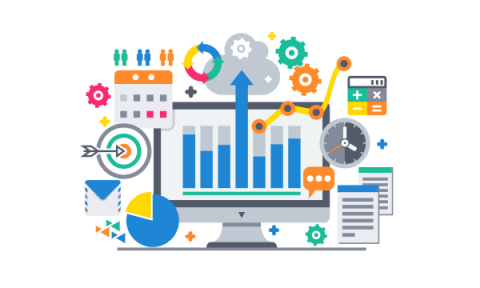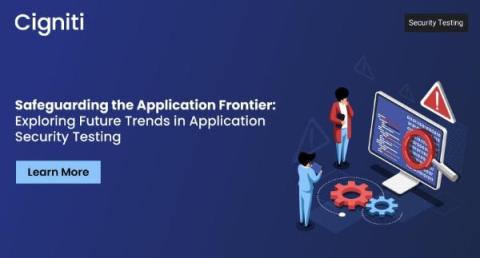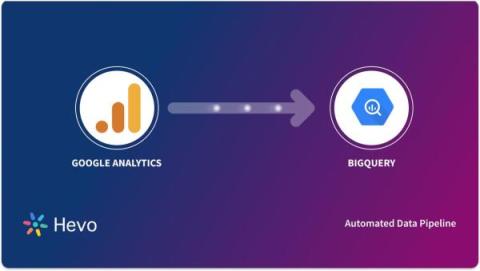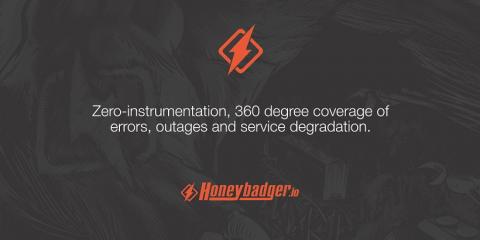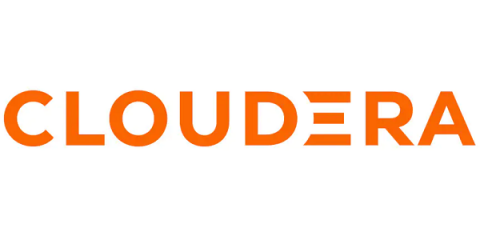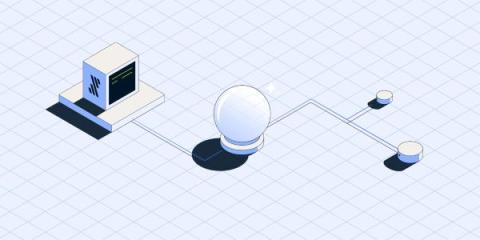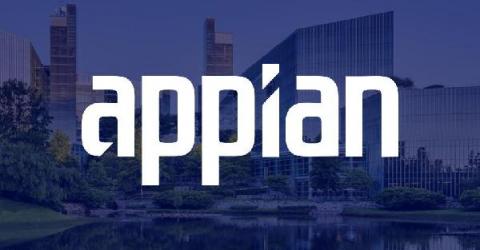Systems | Development | Analytics | API | Testing
Latest News
Build Modern Innovative Solutions on Cloudera Data Platform Using the Power of Generative AI with Amazon Bedrock
Enterprises see embracing AI as a strategic imperative that will enable them to stay relevant in increasingly competitive markets. However, it remains difficult to quickly build these capabilities given the challenges with finding readily available talent and resources to get started rapidly on the AI journey.
Safeguarding the Application Frontier: Exploring Future Trends in Application Security Testing
Organizations face growing demands to drive innovation, swiftly create new applications, and embrace emerging technologies (like SMACT) to maintain a competitive edge and stay ahead of the curve. In tandem with this, adopting DevOps practices and open-source code libraries significantly accelerates the pace at which applications are being developed, delivered, and maintained, albeit with the inherent invitation of various security risks.
Google Analytics to BigQuery ETL: 3 Easy Methods
Mastering regular expressions in Go
Cloud Analytics Powered by FinOps
Cloud transformation is ranked as the cornerstone of innovation and digitalization. The legacy IT infrastructure to run the business operations—mainly data centers—has a deadline to shift to cloud-based services. Agility, innovation, and time-to-value are the key differentiators cloud service providers (CSP) claim to help organizations speed up digital transformation projects and business objectives.
Five ways Fivetran lays the foundation for machine learning
Data integration is essential for analytics, regression analysis and your first forays into generative AI.
Mastering Date and Time Handling in Kotlin for Android Developers
The software industry has evolved more quickly in 10 years than most industries do in 1,000, yet we continue to grapple with the basic elements of date and time. Practically all our apps rely on time in some way, and when our users are spread all over the world it can be fiendishly difficult to get the timestamps right. Kotlin language, the dominant Android programming language, provides native classes (or blueprints) to help us deal with date and time.
AI Document Extraction Tools: 4 Features to Look For
In most working environments, there are two things people tend to dislike: First, excessive meetings that prevent employees from making progress on their to-do lists. And second, paperwork. Whether it’s processing financial statements, reading inventory forms, or completing onboarding paperwork for employees, organizations have to deal with a slew of document types to keep operations running.
Collect Logs and Traces From Your Snowflake Applications With Event Tables
We are excited to announce the general availability of Snowflake Event Tables for logging and tracing, an essential feature to boost application observability and supportability for Snowflake developers. In our conversations with developers over the last year, we’ve heard that monitoring and observability are paramount to effectively develop and monitor applications. But previously, developers didn’t have a centralized, straightforward way to capture application logs and traces.


